[/caption]
Space Exploration Technologies (SpaceX) is preparing its next Dragon spacecraft for a trip to the International Space Station (ISS). SpaceX has worked over the last several months to make sure that the spacecraft is set for the Nov. 30 launch date that has been given to the commercial space company. If all goes according to plan, a little more than a week after launch – the Dragon will dock with the ISS.
NASA has technically agreed to allow SpaceX to combine all of the tests and demonstration activities that were originally slated to take place on two separate flights (COTS demo missions 2 and 3). SpaceX is working to further maximize the cost-effectiveness of this mission by including additional payloads in the Falcon 9’s second stage. These will be deployed after the Dragon separates from the rocket.
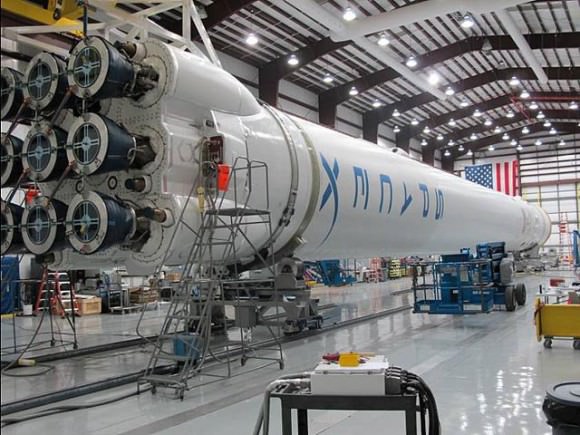
“SpaceX has been making steady progress towards our next launch,” said SpaceX’s Communications Director Kirstin Brost-Grantham. “There are a number of challenges associated with berthing with the International Space Station, but challenges are the norm here. With each mission we are making history.”
NASA is waiting to provide final approval of the mission’s combined objectives once any and all potential risks that are associated with the secondary payloads have been worked out.
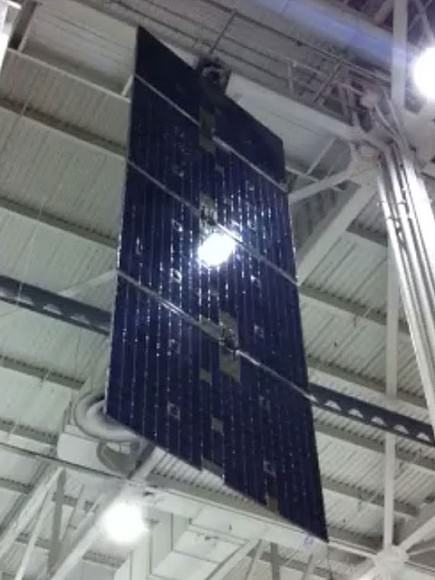
There is a lot riding on the Commercial Orbital Transportation Services (COTS) contract. If crew members on the orbiting laboratory can access the Dragon’s contents and the spacecraft conducts all of its requirements properly – it will go a long way to proving the viability of NASA’s new path toward using commercial spacecraft and it could usher in a new era of how space flight is conducted.
It is hoped that private-public partnerships could lower the cost related to access-to-orbit and in so doing also help to increase the reliability, safety and frequency of space flight.
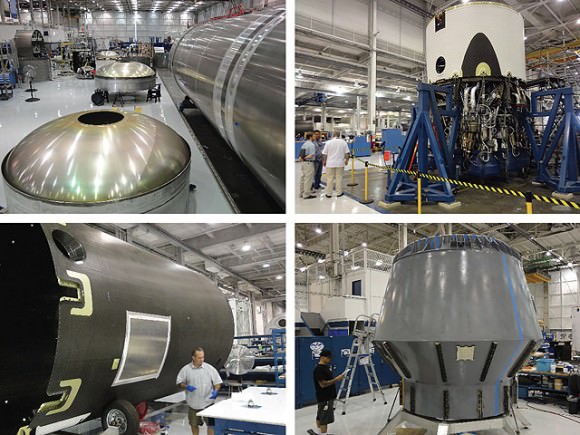
SpaceX has been working from milestone to milestone in getting the next mission ready to launch. Just this week the company conducted what is known as a wet dress rehearsal or WDR of the Falcon 9 rocket out at Cape Canaveral Air Force Station’s Space Launch Complex 40 (SLC 40). The Falcon 9 was loaded with propellant and went through all of the operations that lead up to launch – right down to T-1 second. At that point, the launch team stands down and the Falcon 9 is detanked.
SpaceX last launched from SLC 40 last December, during the intervening months the company has worked to upgrade the launch pad. New liquid oxygen or LOX tanks have been installed. These new tanks should streamline loading time from 90 minutes – to under 30 minutes. It is hoped that these efforts will allow the Falcon 9 to move from the hangar to liftoff – in under an hour.
SpaceX has launched the Falcon 9 twice and the Dragon spacecraft once – each completed the primary objectives successfully and helped to establish SpaceX as a leader in the NewSpace movement. SpaceX has inked many lucrative contracts, both domestic and foreign as a result. Besides the COTS contract, SpaceX is also one of the companies that has a contract under the Commercial Crew Development contract (phase-02) or CCDev-02.
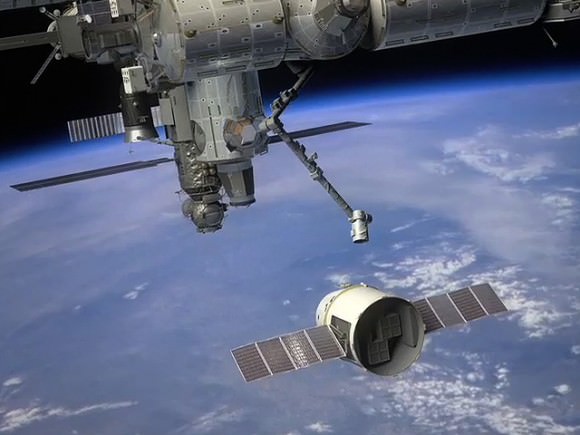

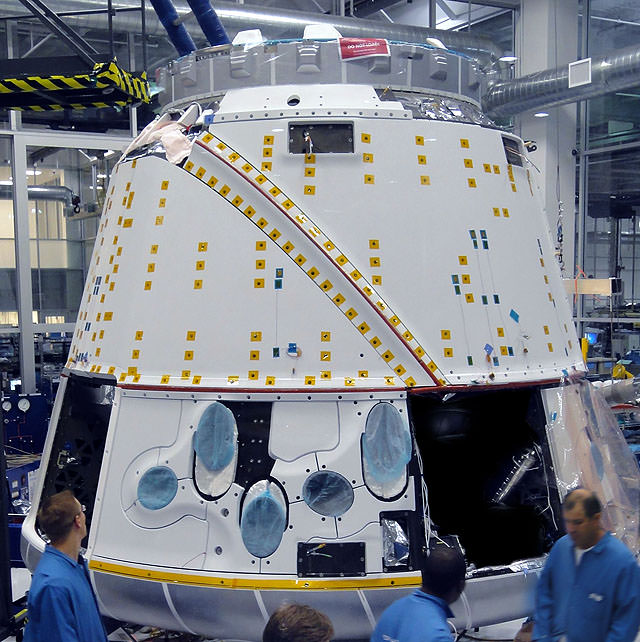
There’s a slight error in one of the captions. The assembly of rocket engines is not “nine Merlin engines in a test stand in Texas.” They are already-tested engines that have been shipped back to California for integration.
You mean Florida, not California. Cape Canaveral is in Florida. 🙂
I mean California. The factory is in Hawthorne. 🙂
I think they construct them in Calif, test them individually in Texas, send back to Calif to integrate, ship the booster to FL for final vehicle integration/test/launch
According to the caption the Falcon 9 is “… waiting its launch date at SpaceX’s hangar at Cape Canaveral.” They do build in CA and TX, so you could be right, boris152, but the way the article reads this is all stuff already in FL waiting for launch. 😀
According to the caption the Falcon 9 is “… waiting its launch date at SpaceX’s hangar at Cape Canaveral.” They do build in CA and TX, so you could be right, boris152, but the way the article reads this is all stuff already in FL waiting for launch. 😀
BOOM You got served!
If it was me, Id stack the Dragon capsule with some space beer from Australia. Or at least Food and water supplies. Golden PR.
If it was me, Id stack the Dragon capsule with some space beer from Australia. Or at least Food and water supplies. Golden PR.
Did anyone else notice that unlike the capsule used on the last flight, this Dragon capsule has no windows.
Looking at other images of the Dragon, there only appears to be one window, and that (as well as the hatch) appears to be on the side away from the camera in the image above.
I wonder if the same craft will be use for both robot and manned missions… or if it is built as one or the other only…. Is life support/controls/seats easily added/removed? I do think that SpaceX plans to use the same Dragon many times for many launches.
While I hope this is successful, they’ve a long way to go to start flying humans. That would be like saying your local backyard mechanic is qualified to do surgery at the local ER. Actually it’s not like that at all but I thought it would be fun to send a good-natured jab in both SpaceX and auto mechanics’ direction.
They are closer to flying people than NASA.
Indeed, the goal is that SpaceX (and others) will ultimately be flying people to LEO *for* NASA (and others)…
Elon Musk pointed out that if a human had been in the Dec 2010 SpaceX capsule he would have had a ‘good ride’… what is/should be ‘human qualified’ criteria? Won’t the 3rd, or the 5th dragon flight or 10th be safer than the first Space Shuttle flight was?
Should NASA solely set the hardware criteria for ‘manned flight’?
For example, the Shuttle NEVER had a fail safe backup for much of launch or reentry.. yet NASA flew it anyway. NASA set stringent criteria for a manned capsule, then waived them for it’s Aries when it couldn’t figure out to do them.
SpaceX is making it’s Dragon capsule, which flies unmanned and will fly manned with a launch escape system. SpaceX will do fine unless NASA screws them up.
Bring on the BFRs (Big Falcon Rockets). Please congress give more Falcon funding! I can’t Falcon Wait!! 🙂